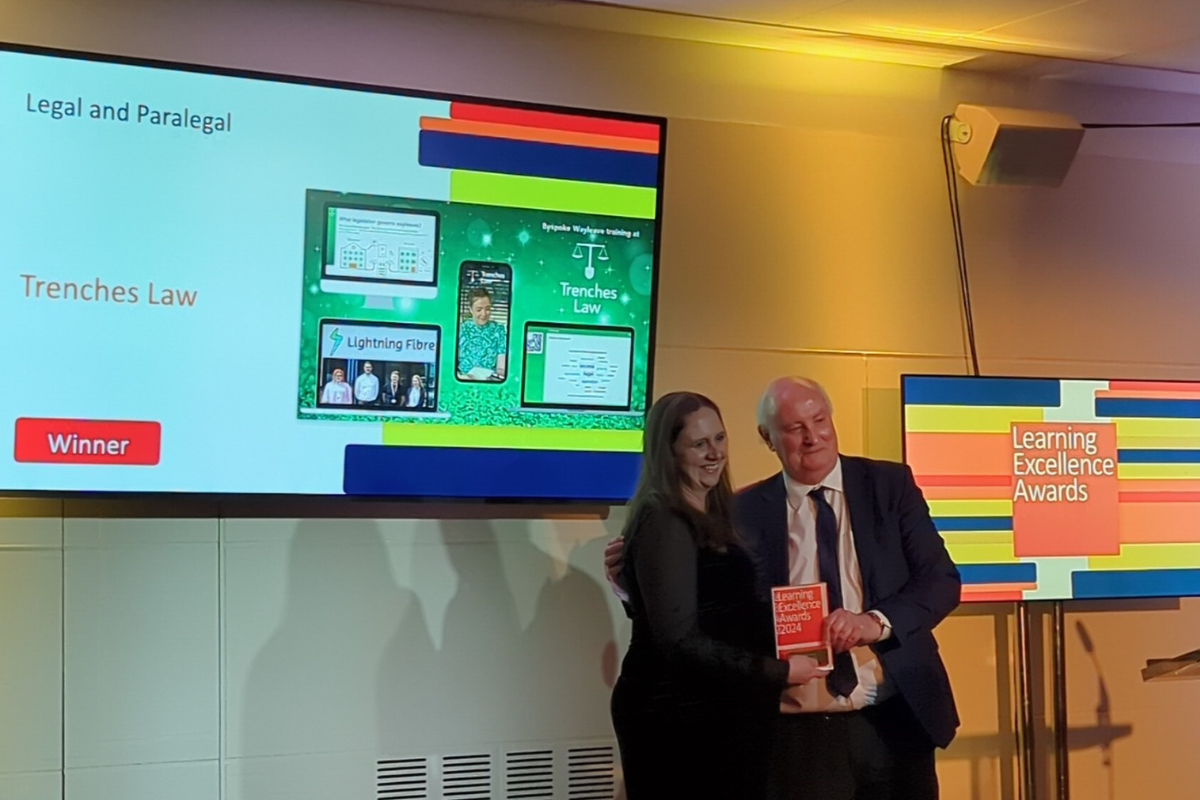Women In Social Housing (WISH) is a member-based networking community for women in UK housing and is committed to impacting change, connecting communities, and creating equal opportunities. That’s why we asked Nicola Brown, co-chairman of the group’s north west region – who has been involved in social housing for over 20 years – about the importance of quality broadband provision…
Isolation during the pandemic has been something that’s affected many individuals. The crisis has not only magnified the need to stay connected, but also how much more we all need to do in terms of supporting one another and tackling the digital divide.
Think about how we’re currently communicating. Many people will right now be logging into a video call, instant messaging, or sending emails. But what does that look like for someone who doesn’t have this level of digital access? Not only are they less likely to keep in touch with others, but they’re unfairly limited when it comes to learning new skills, booking appointments and ordering vital goods online, to name a few.
We saw Jobcentres and libraries closed during the height of the Covid-19 crisis and we’ve become more reliant upon accessing the internet during a time in which housing associations were less able to provide it. Meanwhile, 5G provision continues to ramp up and yet we’re still struggling to level the playing field for social housing tenants.
As the world accelerates at a rapid pace, are we doing enough to support residents who don’t have access to laptops or desktop computers, for example? There are still tenants out there who are without these devices at their fingertips and are only able to access the internet through their mobile phones.
And when they’re on pay-as-you-go options because they can’t afford a contract – or don’t qualify – they’re effectively being ‘priced out’ of communication. These disparities are concerning and need to be addressed sooner rather than later.
Continuing to tackle the great digital divide
When summing up the subject, connectivity must be considered at the earliest opportunity of housing developments – the design stage. And that means if tenants are to engage digitally, housing associations must start to have these conversations.
Lockdown restrictions are easing but there’s no doubt that in a technology-first world, digital comms will have a place in the future – with that comes the vital need to make sure we’re supporting every resident to have quality communication tools and broadband services at their fingertips.
By investing more in infrastructure, housing associations can provide greater opportunities for tenants to remain connected. New builds are already experiencing an uptake in smart technology, and this must be considered across the board when it comes to building communities that will survive and thrive beyond the pandemic.
As someone who has been involved in the social housing sector for over two decades, I believe we should be providing broadband in every rental, in order to create equality. That’s the role of housing associations and something they could be offering alongside their training and employability services.
With regards to the WISH network, Covid-19 has provided an opportunity for us to expand our offering as a national network running a wealth of webinars for our members, irrespective of region.
As a collective we’re in a much stronger position to be able to widen these conversations around social housing provision, what it should comprise, and what standards we’re striving for so we can continue to support tenants and decrease the digital divide.






